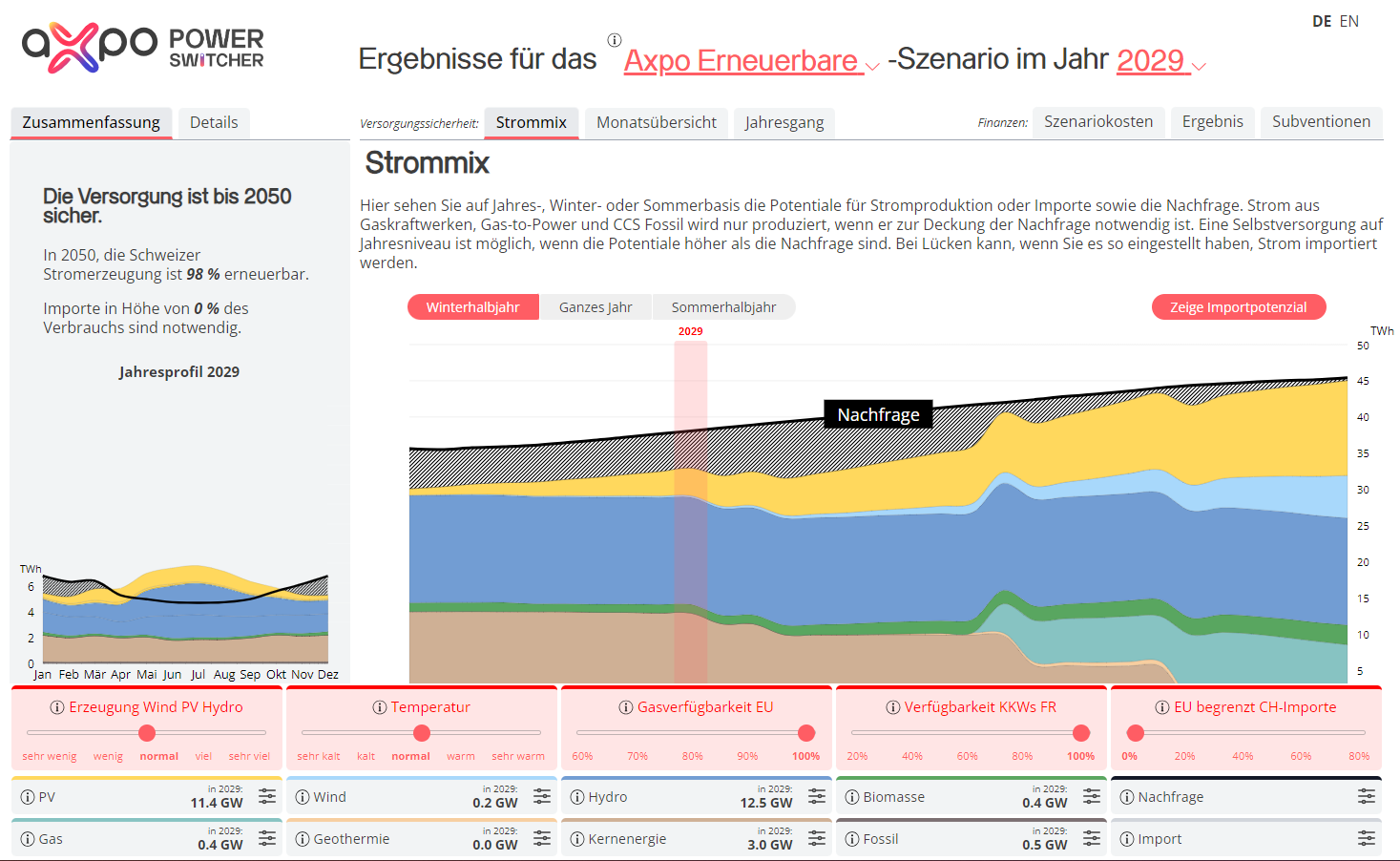31.05.2021 | Solar quiz: Test your knowledge
Shine with the sun
Switzerland wants to become climate neutral by 2050. Among other measures, a strong expansion of renewable energies will be required to reduce CO2 emissions in the upcoming years. Solar energy will play a key role here.
Climate change is currently one of our key challenges. Therefore, a global energy transition away from fossil energy sources is necessary. Axpo also wants to make a contribution and play a leading role in Switzerland's transition to a CO2-free energy future. With AlpinSolar, Axpo and its partners IWB and Denner are building the largest alpine solar plant in Switzerland .
What do you know about the project? And how familiar are you with the topic of solar energy in general? Test your knowledge now.
1. AlpinSolar will be built in 2021. What will its capacity be?
A) 1.5 MW
B) 2.2 MW
C) 3.3 MW
B) – It's 2.2 MW
The solar plant on the dam in the Glarus Alps with nearly 5,000 solar modules and a capacity of 2.2 MW will built in the summer of 2021. The plant will produce some 3.3 gigawatt-hours of electricity per year – corresponding to the consumption of 740 average four-person households. The solar plant will cover a surface of 10,000 square metres, which corresponds to about one and a half soccer fields. The dam is part of the Limmern pumped storage plant located in the Glarus Alps and it is the highest elevation dam in Europe. You will find more information here and in this video.
2. In winter, Switzerland produces significantly less power than it consumes. This lacking power in winter has to be imported. Can solar energy help here?
A) No, the sun shines more intensively and for more hours in the summer.
B) Yes. Because the plant is located above the fog line and solar cells do not like hot weather.
B) – Yes
The alpine solar plant in the Glarus Alps will generate 50 per cent of its production during the winter. Solar plants in the lowlands are often under the fog line during the winter months – there is much less fog and, hence, more sun at high altitudes. In addition, PV plants like the cold. Solar modules are more efficient at low temperatures. And sunlight is reflected by the snow cover and results in higher solar power production. This is called the Albedo effect. More details here.
3. What does the word "photovoltaic" mean anyway?
A) Light electricity
B) Light cells
C) Sun power
A) – Light electricity
The word "photovoltaic" comprises two parts: "Photo" derived from the Greek word for light and volt from the electricity pioneer Alessandro Volta, after whom electric current was named. That is exactly how photovoltaic plants function – they convert light into electricity.
4. When was the solar cell invented?
A) 1839
B) 1949
C) 1954
C) – 1954
In 1954, the front page of the New York Times announced the development of the first silicon solar cell at Bell Telephone Laboratories in New Jersey. The crystalline silicon solar cells were about 2 cm² in size and had an efficiency rate of up to 6%. The photovoltaic effect was already discovered in 1839 by the French physicist Alexandre Edmond Becquerel.
5. How much solar energy reaches the earth's surface at any point in time?
A) 173 terawatts
B) 17,300 terawatts
C) 73,000 terawatts
C) – 173,000 terawatts
Solar energy is the most frequently occurring energy source on our planet. Enough sunlight hits the earth's surface in 1 1/2 hours to cover total worldwide power consumption for a year!
6. How much solar energy will Switzerland produce in 2050?
A) 25 TWh
B) 30 TWh
C) 34 TWh
A) – 34 TWh
According to the Energy Perspectives 2050+, Switzerland will produce 34 TWh of electricity from photovoltaic plants by the year 2050. This corresponds to a share of 40% of Swiss power production for the year 2050. Today, 2 TWh are produced with solar energy. This means, we must strongly invest in the expansion of solar plants and set the right political framework conditions to do so. Hydropower will also be important in the year 2050 and currently has a share of 45 TWh in Swiss power production. By 2050, this will correspond to a share of 53 per cent. Find out more here.
7. How high is the average, yearly solar radiation in the Swiss Midlands?
A) About 1050 kW/m2
B) About 1250 kW/m2
C) About 1650 kW/m2
B) – About 1250 kW/m2
Annual solar radiation in the Midlands amounts to about 1250 kWh/m2. Taking into account module and plant efficiency, a solar module can produce about 170 kWh per m2 of module surface when it is in the right position (1250 kWh x module efficiency 0.16 x plant efficiency 0.85). You can easily find out if a solar plant makes sense for your home here at our subsidiary CKW.
8. What is the estimated solar energy potential for electricity production in Switzerland?
A) 30 TWh
B) 50 TWh
C) 67 TWh
C) – 67 TWh
The Swiss Federal Office of Energy (SFOE) estimated solar potential on Swiss rooftops and building façades in two studies conducted in 2018 and 2019. Overall the SFOE estimated the solar potential on roofs at 50 TWh with an additional 17 TWh coming from installations on building façades. Estimates for solar potential on Swiss rooftops are somewhat lower at 24 TWh in a study by the ETH Lausanne. More details here .
9. How long does it take for a solar plant to compensate the required energy used for its manufacture?
A) 1.2 years
B) 2.3 years
C) 3.3 years
A) – 1.2 years
Swissolar had the environmental footprint of photovoltaic plants calculated by treeze ltd. The grey energy used for the manufacture and disposal of a photovoltaic plant was compared to the respective energy that can be saved in European power plants as a result of solar electricity production. Based on this analysis, the energy payback period is about 1.2 years (in comparison to the European power mix). So a PV plant can save about 25 times of the non-renewable primary energy used for its manufacture during its operational life.
10. What is the service life of solar cells? How long can a solar plant be used?
A) 10 years
B) 20 years
C) 30 years
C) – 30 years
Manufacturers of photovoltaic modules for power generation give guarantees between 20 and 25 years. The average service life is 30 or more years.
Here's how we rate your result
8-10 correct answers
Bravo! With your knowledge you outshine the sun!
4-7 correct answers
Not bad: Your knowledge is like the sun – unfortunately not for 24 hours a day. Want to change that? Then get up to speed on solar energy and AlpinSolar here.
1-3 correct answers
Oh well! You didn't exactly shine. You could do better, right? Get up to date on solar energy and AlpinSolar here.
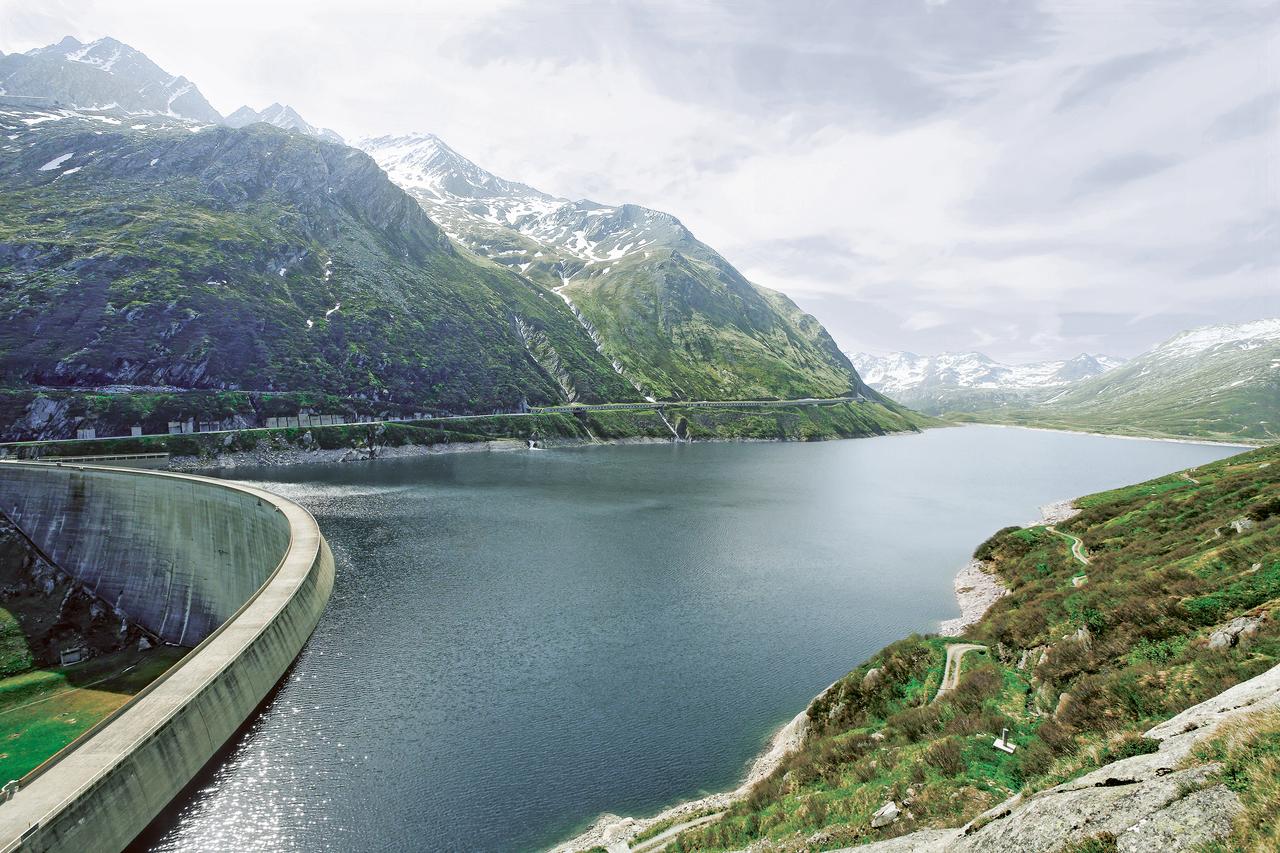
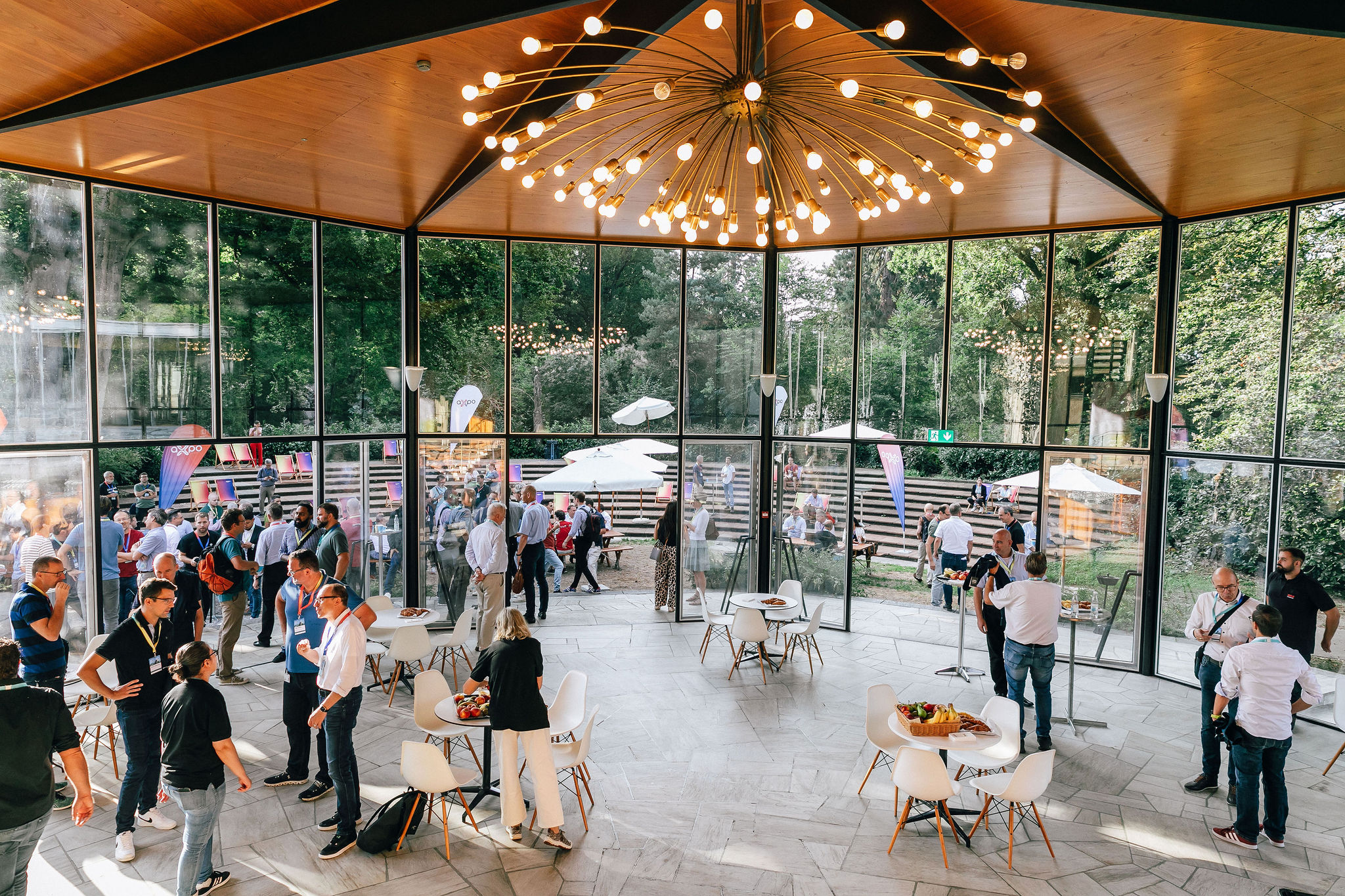
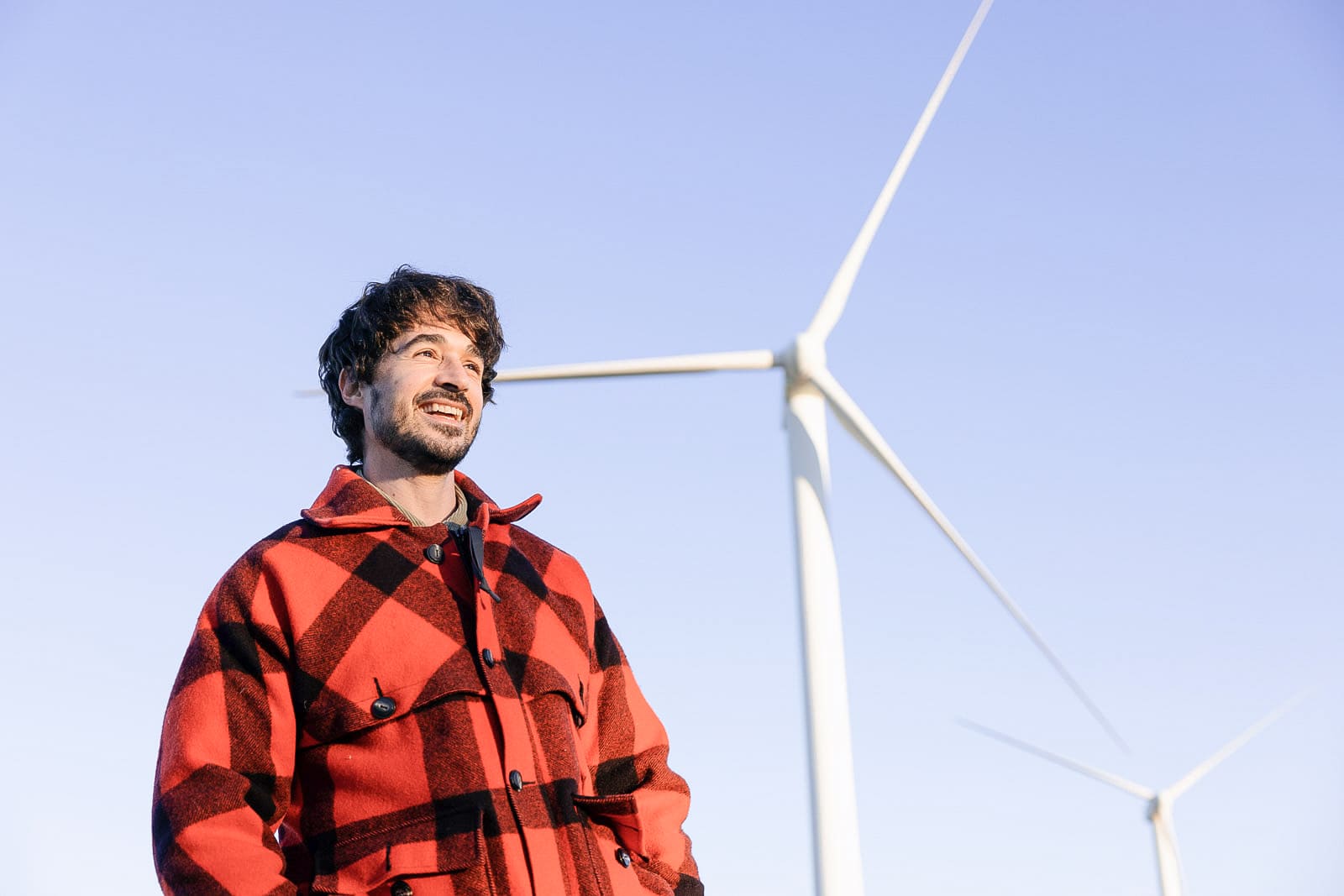
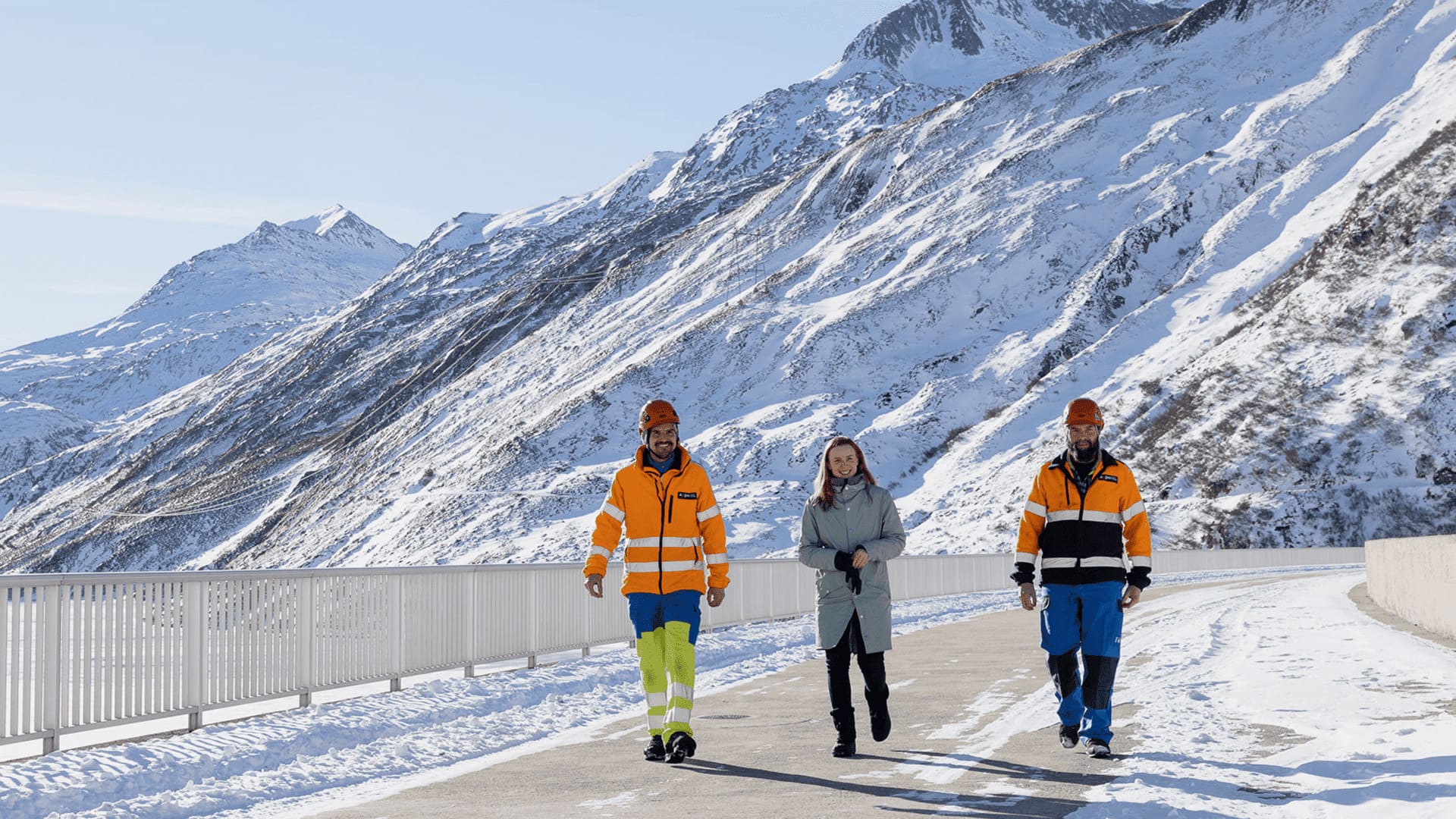
.jpg)

